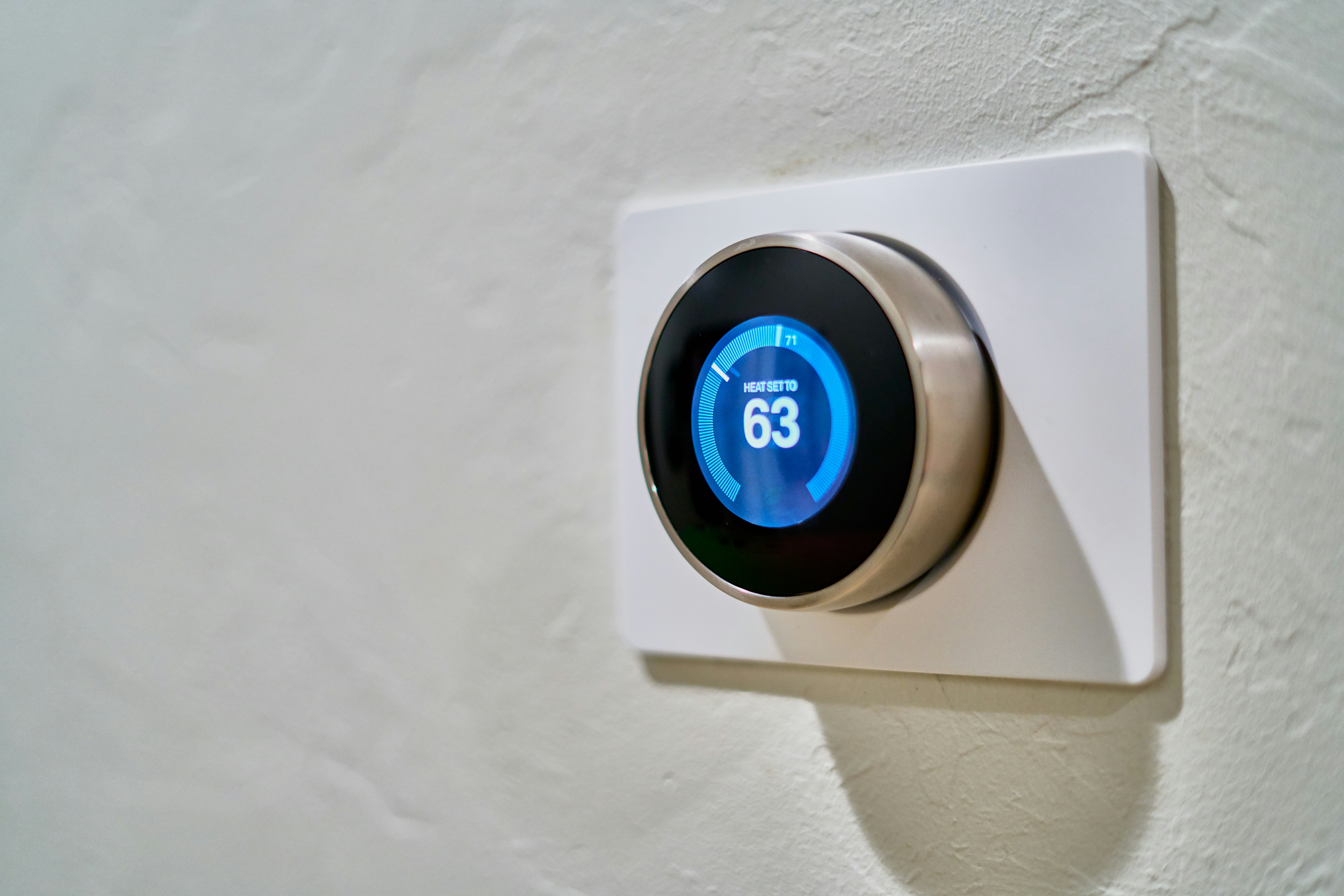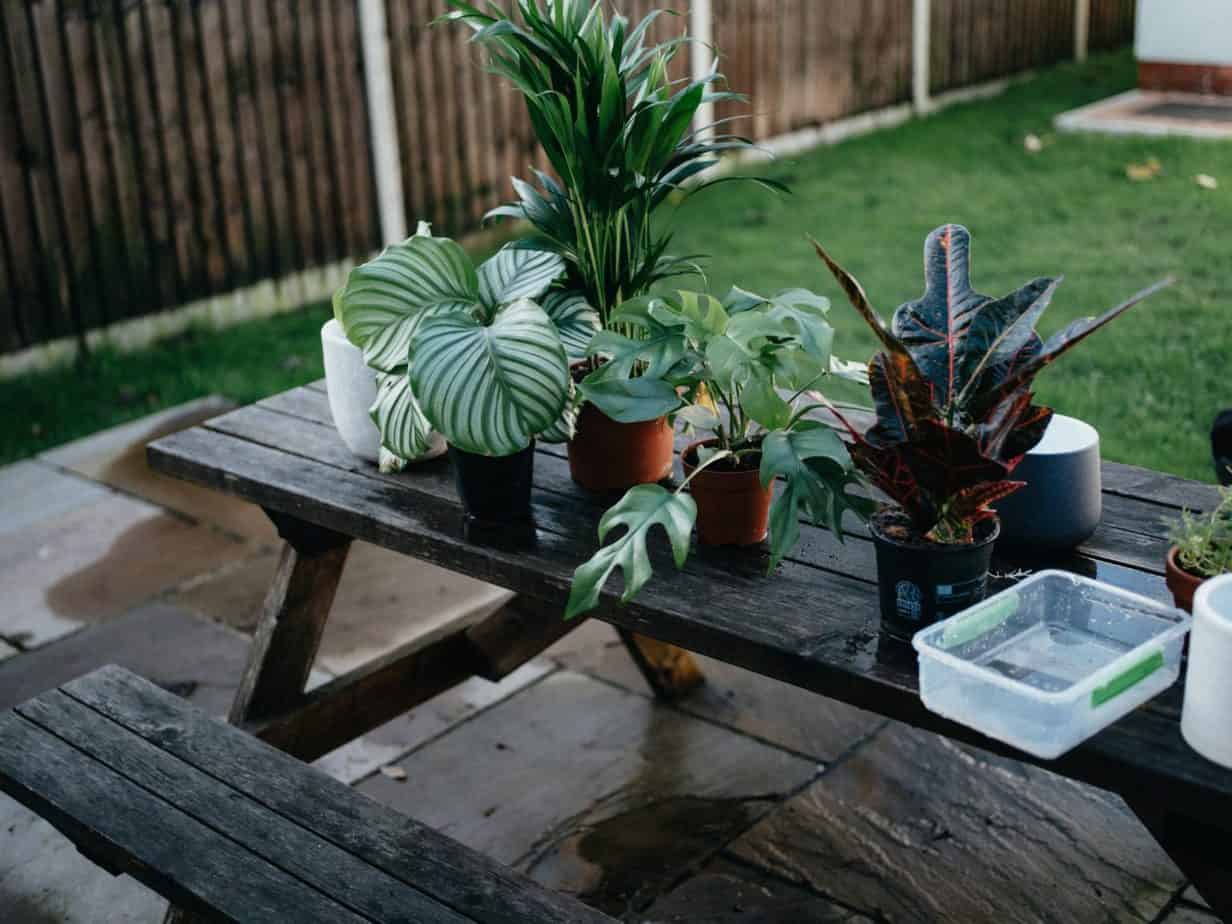There’s no denying that climate change is the biggest issue that this generation is likely to face, and how we handle it will have drastic implications for the future of planet Earth. To put it bluntly, regardless of what any climate change denier says, the human race simply must lower its use of fossil fuels, and reduce the amount of carbon dioxide (CO2), in the Earth’s atmosphere, or else face the consequences of melting polar ice caps, rising sea levels, and uninhabitable lands.
Yes, there are naysayers who claim that climate action will amount to nothing more than hotter summers, but not a lot of time passed between scientists predicting that the Earth could be in trouble, to them pointing out that it is in serious need of a course correct now. Future generations will pay the price for this one’s ineptitude if a viable climate solution is not found and implemented.
That being said, this is a task that will be shared by many, if not all the peoples of the earth. Many hands will make light work, and there are little efforts which you can make that go beyond turning off televisions and lights when they’re not in use and are just as easy and achievable, but much more effective at reducing your carbon footprint. Now, no one is suggesting that you rip out your electric service and survive on minimalist resources—in fact, quite the opposite. You may find that these small things might actually benefit you a lot more than your current set-up does. So, here are five small things that you can do today to help slow down climate change.
1. Check out renewable energy.
The first tip will appear to be very obvious, and that’s because it is. As natural gas and other fossil fuels deplete, it stands to reason that electric bills are likely to increase as demand outweighs supply. But while we may be a ways off from that yet, there is still no harm in looking to your utility companies and seeing if you can get a better deal on the tariffs from your gas and electric suppliers by switching to renewable energy instead.

As renewable sources of energy are being enhanced more and more, the growth in its popularity is likewise increasing. Many utility companies are offering renewable “green” energy tariffs in addition to the standard. What’s more, these tariffs don’t cost more than what you would be ordinarily paying, and in most cases are actually cheaper, with the right deal.
But if you’re having trouble finding one, comparison websites like Northern Ireland-based Moneygains are on hand to help. Set up to help people find cheaper electricity suppliers in NI, this UK company is adapting and growing all of the time. It won’t be long before they stretch their reach outside of Northern Ireland, and when they do, you’d be all the better off using them, to find electric companies that specialize in green energy.
2. Beware of the dog… or the cat!
Pet owners beware! Your furry friend is actually contributing to changes in the climate. Clearly, it’s not their fault, and animal lovers everywhere would know that. But it isn’t like we can just ask our animals to stop polluting the atmosphere with their waste gases. Nor can we really change their diet too much, even if a vegan diet is proving to be an alternative. Or can we?
Normally, those who offer pet supplies direct sales toward toys and treats, but some animal wellbeing companies, such as Pawtree also offer pet care products and specialized pet food as well. It might be possible to change the diet of your dog or cat to be a little more environmentally friendly, but if you want to make a bigger impact on the environment (and have fun while you’re at it), then here’s an alternative idea. Work with Paw Tree! Pawtree encourages pet owners to participate with them as direct sales professionals. Joining Pawtree to sell pet products and treatments not only allows you to become part of a community, in the same way, that Avon and Tupperware parties do but can also help you with your endeavors to be more environmentally conscious. By acting as a direct sales representative on Pawtree’s behalf, you can reduce emissions from long commutes to work, and reduce your participation and the environmental impact of large office buildings. Plus, there’s always the benefit of having your furry friend make furry friends of their own!
3. Invest in house plants and indoor trees to balance the CO2 levels.
It is common knowledge that plants and trees take in carbon dioxide and expel oxygen. That’s actually where we get the phrase that says trees are the “lungs of the planet.” For a long time, trees were our strongest line of defense against the “greenhouse effect” (whereby CO2 in the atmosphere would insulate the world, and increase the temperatures), since the world’s population of plants and foliage would convert carbon dioxide into oxygen before it rose into the stratosphere.

But as some countries ignore the necessity of our forests and continue deforestation for economic gain, the world’s CO2 levels are rising, which is a huge factor as to why the climate is changing.
However, you can help put that right in one small way. Get on to a site like Lively Root, get some house tree plants, and pot them around your home. Houseplants and indoor trees come in so many varieties, from the easily-maintained Rubber Tree (Ficus elastica) plant, which only needs a spot in the shade from sunlight, and watered once a week, to the more intricate Madagascar Dragon Tree (Dracaena marginata), which needs a tiny little bit more direct sunlight but has different watering needs depending on the season. If you’re up for the challenge, extend your green thumb beyond indoor plants and plant a deciduous tree in your garden or yard. Regardless of whether you prefer indoor trees like Dracaenas, indoor plants like the Rubber Figs, or like their outdoor big cousins, having shrubs around the home is environmentally friendly, aesthetically pleasing, and doesn’t pull too much from the money tree either!
4. Simply put, don’t drive.

Yes, having a car is convenient, and no, we’re not suggesting you abandon it. But how many of your car journeys, from which the fumes all contribute to greenhouse gases, are really necessary? If you can, leave the car on the driveway, and walk to your destination instead. Use public transport a little more, or cycle if you have a bike. Not only is having less reliance on the car much better for your health, but it’s better for the environment too.
5. Reset your thinking.
There is no harm in being a little reluctant to embrace the idea that climate change is real, and that we are all going to have to make adjustments to our lifestyles. After all, it’s constantly in the media, and there are many ideals that you are told that we all have to do, but you don’t have any say on how big companies handle their carbon emissions, nor how much energy suppliers charge for renewable energy.
This thinking is exactly what drove Ted Halstead to form the Climate Leadership Council, and put together the “Economists’ Statement on Carbon Dividends.”
In 2016, the Climate Leadership Council members, then-led by entrepreneur Ted Halstead, recognized that there were “barriers” to finding a high-quality global solution to the environmental issues faced by the world. Firstly, the psychological barrier — it went against human nature to make sacrifices for a problem they did not see or were not likely to see in the near future. The second, a geopolitical barrier, was an obstacle in which countries had incentives to free-ride off others, instead of strengthening their own carbon emission programs. Finally, the partisan barrier, whereby big political parties worldwide, were not reducing carbon emissions at a speed that would make a difference to fix the problem.
The solution that Ted Halstead proposed is based on implementing a “carbon tax” in the United States, that increases slowly year on year. Because the carbon tax in itself would be politically unpopular, they further proposed that it replaces carbon regulations and that carbon dividends would be redistributed back to the American people. As the carbon tax incentivizes companies to use fewer fossil fuels, and therefore cut emissions, the environment benefits. As people could potentially receive up to $2000 per year in carbon dividends, the psychological and partisan barriers are both removed. Furthermore, the geopolitical barrier is nullified with a competition element between neighboring counties with who the U.S. trades.
As the public of bordering countries see how much they could stand to earn by carbon dividends of their own, they will pressure their own governments to implement the same carbon tax. In what Ted Halstead described as a “domino” effect, other countries would fall in line, and a worldwide solution to climate change would be reached. The Economist’s Statement on Carbon Dividends was presented to the White House at the start of the Trump Administration and has been revised and worked on since. However, economists and environmental leaders from all over the world believe that it is an incredible idea, and worth pursuing.

So why is this a “top pick” for the list presented here? Well, it’s simple: The tip is to simply think about it. That’s all. By thinking about the solution presented above, you will see that by reducing their carbon footprint, through this carbon tax, American people stand to gain, not lose, a considerable sum of money. Going into reducing one’s impact on the environment in a positive way, if not as a potentially lucrative investment, will make everyone more likely to do so too.
Sadly, Ted Halstead passed away in September this year, but his legacy lives on in the work of the council members he brought together. It can live on with all of us too, but word of mouth is key. Tell your families, friends, neighbors, bosses, employees, in fact, tell everyone, that there is an idea here to combat the problem of climate change which will put money in their pocket, and lobby your leaders to get behind it.






